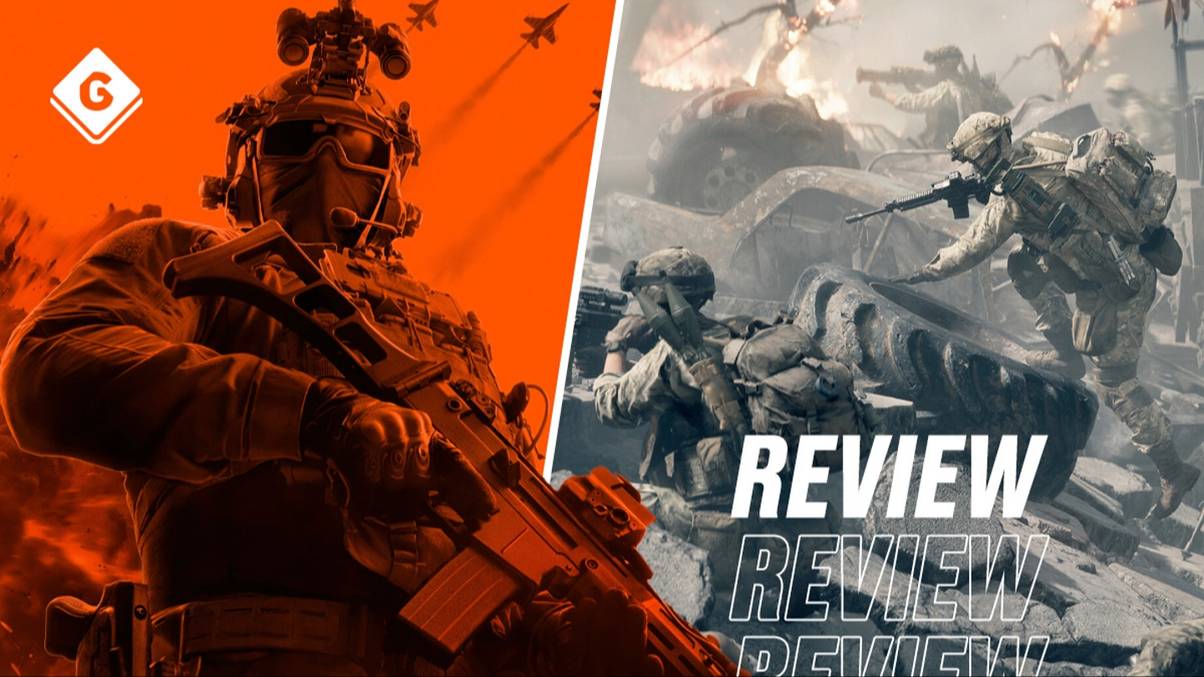
There are sky-high expectations riding on EA’s first Battlefield title in nearly four years. Following the rather critical reception that players had to Battlefield 2042, it’s no wonder that EA really wanted to take things back to basics with Battlefield 6. This is a series that has never shied away from experimentation, after all. Whether it’s a gritty WW1 reboot, or a pulpy police-themed shooter, I’ve always been impressed by Battlefield’s willingness to try new things.
For Battlefield 6, however, it’s clear that EA wanted to take a more restrained approach with the series. We’re not doing a wacky futuristic shooter this time, nor a historical prequel. This time, we’re going back to the modern combat vibes of Battlefield 3 and Battlefield 4, a place in the franchise that many agree are where the series peaked.
I’ve spent about a week with Battlefield 6’s multiplayer, and so far I’m incredibly impressed with what I’ve played. To create this groundbreaking new entry to the series, EA has formed a coalition of developers made up of DICE, Ripple Effect, Criterion Games, and Motive Studio, A.K.A. Battlefield Studios. It means that each studio is able to bring its strengths to the table, learning from each other, and collaborating on what seems to be a rather ambitious project from EA.
As Criterion Games told me back in July, the goal for Battlefield 6 is to always be “bigger and better”—and despite scaling back on some of the more controversial elements from Battlefield 2042, I’d say that this entry strikes the right balance between being bigger while also restraining itself from falling into too many design pitfalls. This translates to everything from the guns and game modes, to the progression system and the maps.
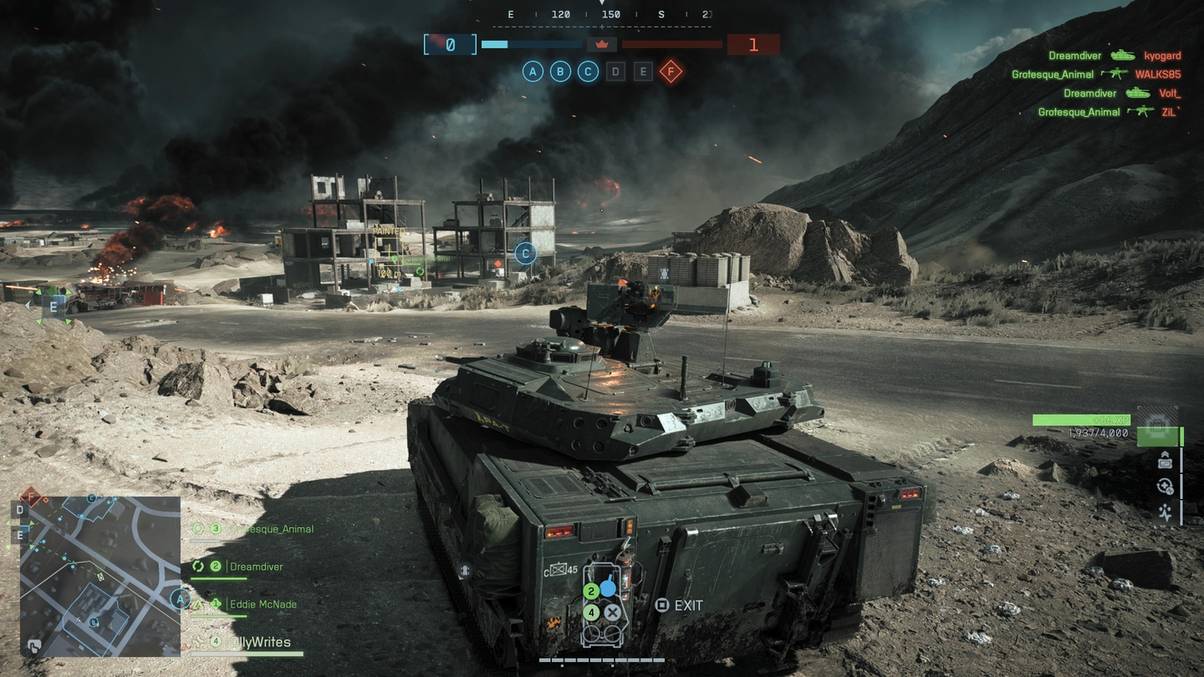
Multiplayer
After spending about a week playing with Battlefield 6’s maps, I can confidently say I prefer these to the ones from 2042. Where 2042’s obvious map problems were them feeling rather empty, Battlefield 6 knows how to design stages that vary in different sizes, but are also interesting to move around in.
Some of these maps, like Siege of Cairo or New Sobek City, are compact, dense, and you can really feel the intensity of the firefights as both teams battle for control over a certain area. The bigger maps, such as Mirak Valley or Operation Firestorm, swap out that compactness for freedom in using different tactics to approach your objective.
It’s great to see the variety that EA has packed into these maps, where you’re able to easily memorise choke points, flanking routes, and objective areas quite well thanks to how radically different each map plays from each other.
These maps also serve as a great demonstration of the new destruction effects that have been added to Battlefield 6. For a series that became so well known for its destruction physics, it was a little disappointing to see how much this feature had been nerfed in Battlefield 2042.
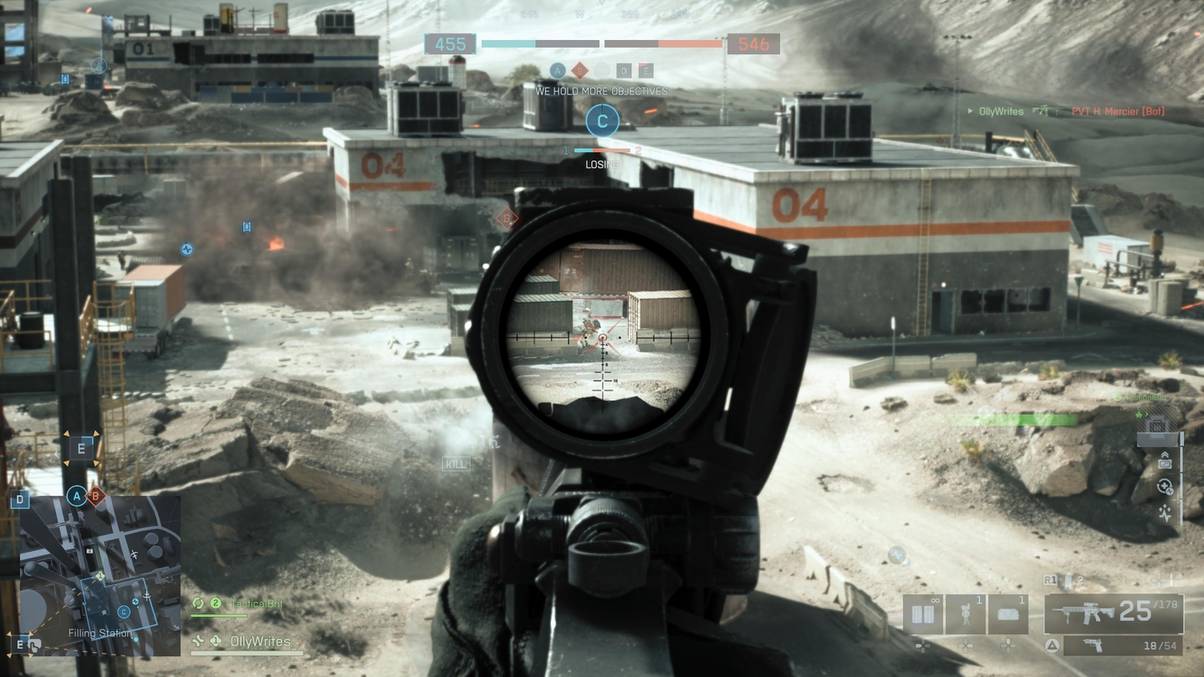
EA has clearly listened to that feedback though, as destruction feels truly “next gen” here. Buildings gradually crumble away when explosions and vehicles damage them, opening up new tactical advantages and progress routes. It was an amazing feeling to blow up a large building and watch as the rubble came crashing down on an enemy squad that was in the middle of taking cover and resupplying.
If you hear an enemy on the floor below, dropping some C4 and blowing a large hole in the room allows you to ambush them. Likewise, surprising an enemy above you by blowing up the ceiling never gets old, as they are suddenly forced out of their safe spot and into danger.
If I had to summarise how this feels on the whole, it’s really just EA embracing the sandbox nature of Battlefield’s classic gameplay as much as possible. It knows that players hate being out of the fight for too long, and that greater effort has been made to encourage freedom in choosing your role on the warfront, while also ensuring that the gameplay loop doesn’t become too dull. There isn’t nearly as much aimlessly running around or camping in Battlefield 6. You feel like you always have something to do, and can be constantly on the move.
Juggling between different playlists, I found myself more attached to the game modes that were more focused on fewer objectives. Breakthrough and Rush, for example, utilise classic attack-and-defend objectives where you need to either push through a defended area, or hold back attackers for long enough to have their reinforcement count depleted.
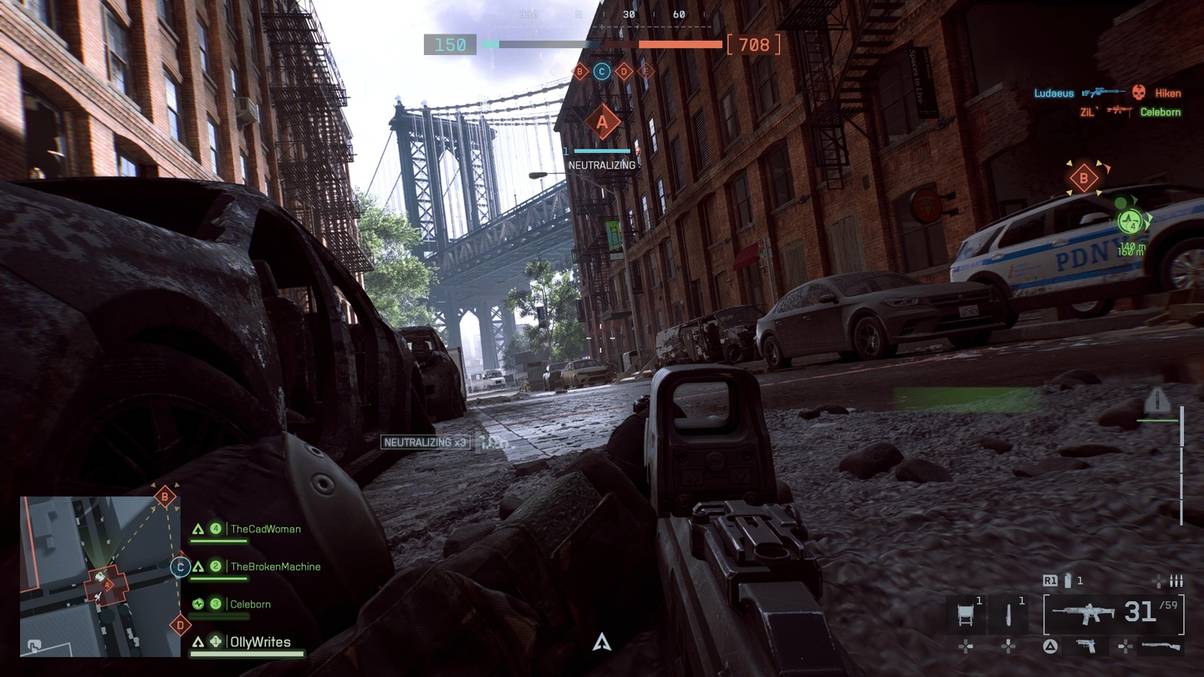
Given Battlefield 6’s emphasis on “combat zones”, having smaller carefully designed areas that maximise variety, it really helps the flow of each map when you’re constantly pushing or holding ground in new areas.
This was slightly more enjoyable to me than Conquest, the classic Battlefield mode where you’re tasked with capturing and holding a number of flags on the map. With Battlefield 6’s maps being designed with more flanking routes in mind, it was difficult to hold down these areas when attackers could come from many directions.
Escalation felt like a nice balance between the two different types of modes, though. It’s essentially like Conquest, where you need to hold down more flags than the enemy team while also racking up kills. The more points you score, however, the more flags are removed from the game. It essentially funnels you and the other team into fighting over a small group of flags as the round gets closer to finishing. It’s a good middle-ground for those who enjoy the more focused game modes like Rush, while also appreciating Conquest’s openness.
Judging from my pre-release playtime, it looks like Open Weapons playlists, where classes can use any weapon, are here to stay. And these take priority over Closed Weapons playlists, which locks each class to its own specific weapons. Open Weapons means that Engineers can ditch SMGs, or Supports can swap out their LMGs for something else, and I’m left wondering if this will diminish the teamplay aspect. When any class can take a sniper rifle, or a light machine-gun, it feels as though each role isn’t playing up to its own strengths as efficiently.
This is an issue I know the Battlefield community cares about, judging from some of the pre-release chatter regarding Open vs Closed Weapons game modes. And unfortunately, it seems as though Open Weapons will end up being the more popular playlist simply because EA has pushed it harder on the home screen. I don’t know how this will impact the game in the long run, but it seems like Battlefield is fighting against itself if it won’t go all the way in embracing each role within a team.
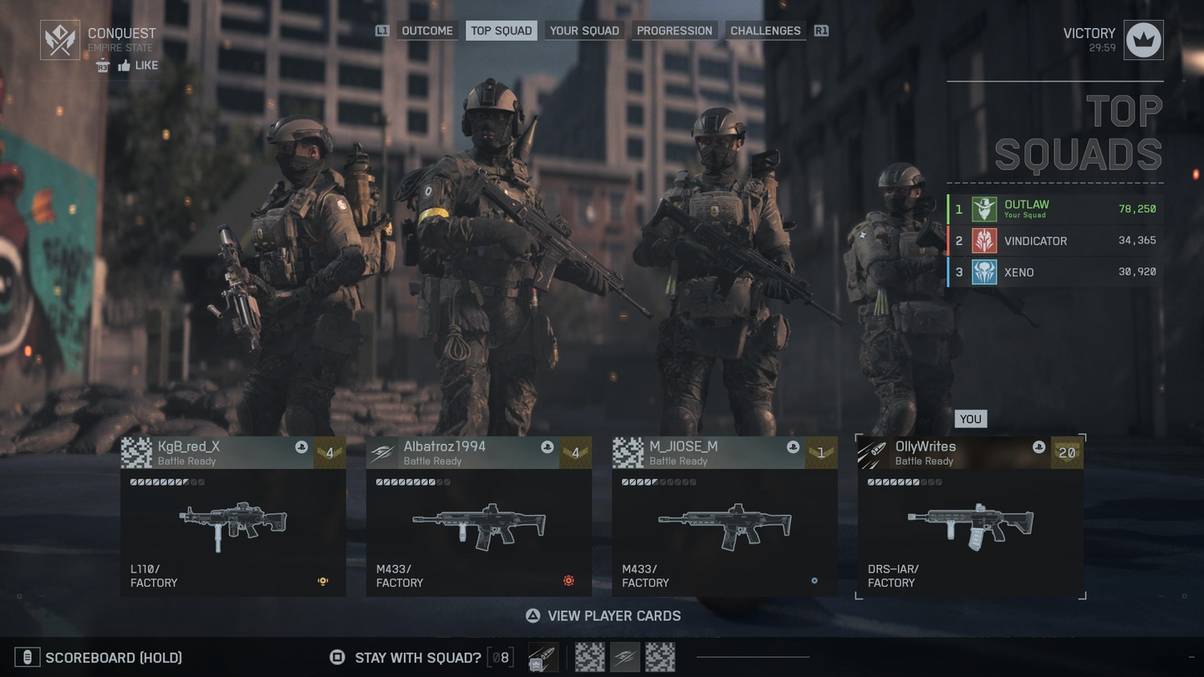
And with the new weapon customisation system—taking cues from Call of Duty’s gunsmith feature—these weapons can be tuned even further to your specific playstyle. With how much emphasis Battlefield 6 places on its sandbox gameplay, it feels especially important to be able to fine-tune these according to your specifications. Pop a long-range scope on your rifle if you’ll be staying back, or adjust for recoil and stability if you’ve adopted a run-and-gun strategy directly into the objective. Continue further tweaking your ammo types, magazines, grips, and all sorts to create a weapon that is adapted to deal with whatever situation you’re preparing for.
Similarly, there doesn’t appear to be a server browser for any regular game modes, so if you do fancy playing a specific mode and map, it becomes a little trickier to find. You may have to contend with the search function, which puts you into a server according to criteria that you set, or you just have to get lucky with one of the playlists that EA features on the home screen.
Technically, a server browser does exist in the menu, but it’s reserved exclusively for Portal Builder. Speaking of which, I was very excited to try out Battlefield 6’s new and improved Portal mode, which allows players to create custom game modes, maps, and rulesets. Unfortunately, about a day before EA was due to allow hands-on access to Battlefield Portal, this was not possible due to “unforeseen infrastructure and logistics issues”.
Campaign
After skipping it in Battlefield 2042, campaign mode returns for Battlefield 6, serving as an introduction to the game by giving wider context for the world and setting.
Set a couple of years into the future, the story details a conflict between NATO and a private military organisation known as Pax Armata. As more countries leave NATO, the conflict between the two factions escalates, to the point where the balance of global power is threatened. It’s all a little bit ‘Hollywood’ from here, with cinematic set pieces and linear action sequences taking precedence over amplifying what the Battlefield experience is all about.
Instead of taking advantage of the series’ signature destructible environments, large open maps, and role-based teamplay, Battlefield 6’s campaign essentially locks you into a set of levels where you shoot a few guys, move to a new area, shoot some more, rinse and repeat. There were more than a handful of moments where I tried blowing up a wall to flank a group of enemies, or vault over a fence to try and sneak in around them. And each time I attempted this, I learned that the game’s campaign was not designed with this in mind.
In all fairness, this changes quite dramatically towards the end. On the second-to-last mission, after roughly 5 hours of linear levels, you finally get one that allows you to tackle each objective in an open format, with a large map that encourages exploration and emphasises freedom. Had this been the case for all the previous missions too, I might feel more positive about the campaign’s inclusion in Battlefield 6.
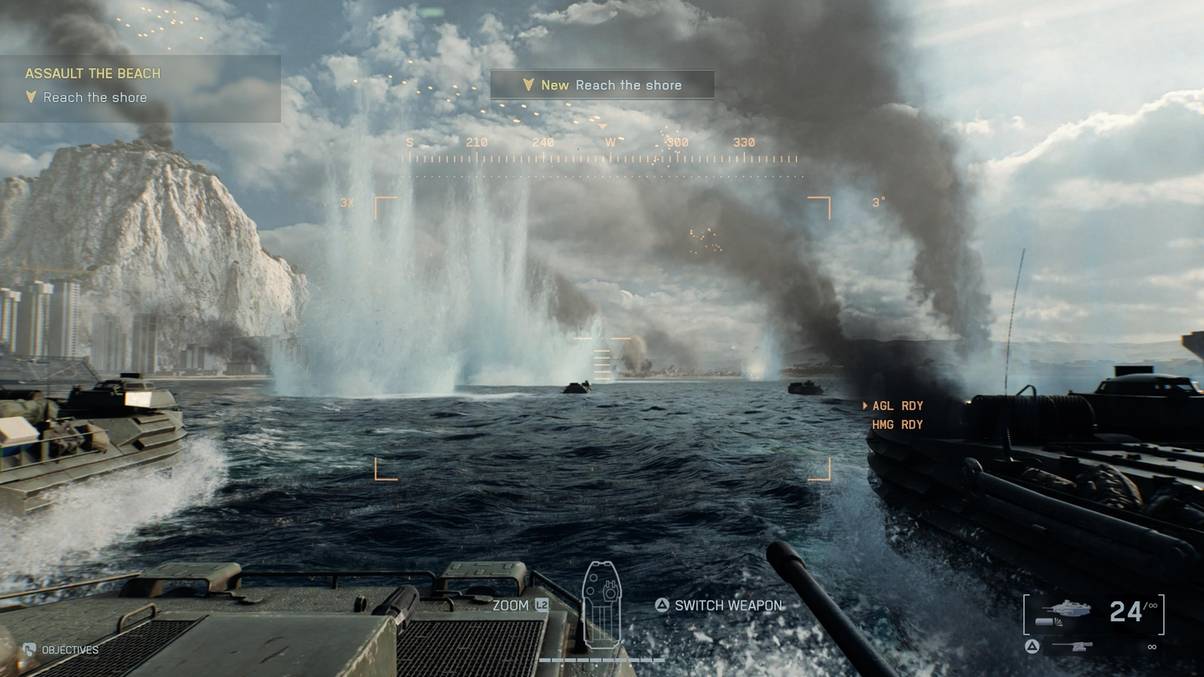
If we’re being real here, Battlefield as a series has never really been known for its captivating single-player campaigns. You could make the argument that Battlefield 3 or Bad Company had some interesting levels, and of course, Battlefield 1 has one of the most powerful FPS openers ever. But at the end of the day, players show up to play the multiplayer, usually playing through the story once and never picking it up again.
It also doesn’t help that I feel Battlefield 6’s central conflict is a rather odd story to experience in the year 2025. In the game’s plot, the US is one of the few countries to remain in NATO. In reality, we have a sitting president in America who has openly threatened to pull out of NATO, has declared martial law on his own citizens, and has gone out of his own way in order to aggravate pretty much any world leader he comes into contact with.
Instead, those politics aren’t explored in Battlefield 6. Pax Armata are the bad guys, “just because”, and it isn’t until towards the end of the game that we get the suggestion that “maybe” the United States government isn’t as peachy and virtuous as they let on. Basically, I don’t believe the themes of Battlefield 6‘s story are explored as meaningfully as I had hoped, all while willfully ignoring real-world context as much as possible. In the end, it all just feels like set dressing.
Overall, it’s the multiplayer that remains as Battlefield 6’s greatest strength, as it always has for this series. Well-designed maps and strong teamplay features make for interesting online rounds. This bleeds out into other aspects of the game; the gunplay, the weapon customisation, and the destruction mechanics. It’s punchy, direct, and exciting. It all feels carefully tuned to how players have wanted the game to be like since the golden era of the series.
Pros: Well-designed maps, solid game balance, fluid pacing
Cons: Lacklustre campaign, teamplay aspect can suffer at times
For fans of: Call of Duty: Modern Warfare, Battlefield 4, Hell Let Loose
8/10: Excellent
Battlefield 6 is out tomorrow on PlayStation 5 (version tested), Xbox Series X/S, and PC. A review code was provided by the publisher. Read a guide to our review scores here.



